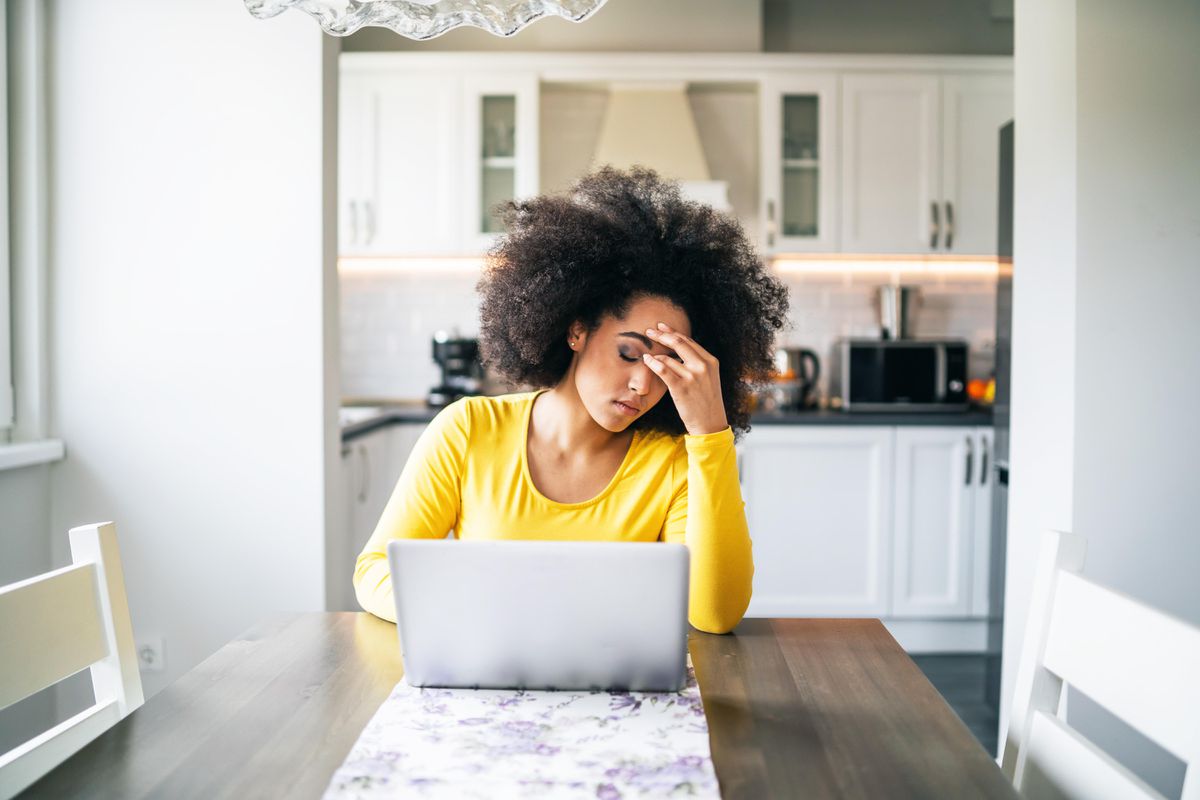Is working from home your new normal? What might have felt like novelty at first has probably started to get pretty stale—and might even be negatively affecting your mental health.
The COVID-19 pandemic disrupted our lives in very real, very abrupt ways, including forcing people out of the traditional workspace and into “temporary” work from home situations. Nine months later and with no clear end in sight, this disruption has led to lots of feelings of isolation from friends, family members, and co-workers. It’s also forced us to adopt new habits and schedules, some of which might not be ideal for maintaining optimal wellness.
When you work where you live and live where you work, it can be hard to stay on an even keel and put your wellbeing first. So how do you prioritize your mental health in the age of COVID-19 and working from home? We’ve got some recommendations.
1. Establish a Morning Routine
Just because you get to skip your commute doesn’t mean that you should start working the moment you roll out of bed in the morning. It’s important to start your day with a routine that puts your own needs first and lets you gradually transition from home mode to work mode. That could mean taking a shower, catching up on the news, cooking a homemade breakfast, going for a walk, or doing anything else that serves to gradually get you in the right mental space for work. Commit to this routine every day, and give yourself time in the morning to ease into your to-do list instead of tackling it right away.
2. Have One Designated Workplace
Because working from home can make it difficult to separate work life from home life, it’s crucial that you have one place that’s dedicated to work so that the rest of your home is reserved for unplugging and mentally decompressing. It doesn’t need to be a separate room, but it should be somewhere that has everything you need for productivity—including a comfy chair, a desk, and some good internet—and that you don’t need to return to when you’re off the clock.
3. Schedule Breaks
One of the big benefits of working from home is that it’s actually a lot easier to take meaningful breaks than it is when you’re working from an office. And that’s major, since breaks are essential for helping us maintain balance in our days and take care of our mental health. In addition to making sure you take an actual lunch break (no browsing emails while you nosh), schedule in some breaks that get you out of your home office and out into the world. Walking your dog, meditating, or even just doing your laundry while you listen to a good podcast are all great ways to tune out.
4. Get Some Exercise
The gym may be out, but exercise remains incredibly key for reducing stress and anxiety. Research shows that exercising is effective at bolstering resilience and distracting us from stressful situations, as well as decreasing the physical symptoms of anxiety like muscle tension and an elevated heart rate. You don’t need to commit to something strenuous, but do make a point of getting in at least some physical activity every day.
5. Stay Connected
Feelings of loneliness are one of the biggest drivers of poor mental health when you’re working from home. And even if you don’t love your coworkers, it’s still hard not to feel isolated when you don’t have them around you all of the time. To combat these feelings, prioritize staying connected with friends and family members—and even those aforementioned coworkers. Virtual happy hours, socially distanced get-togethers, and regular check-ins via text message can all go a long way toward keeping your support system intact.
6. Skip the News and Get a Hobby Instead
While it can be tempting to constantly tune into the news—especially in our politically volatile landscape—“doomscrolling” can be quite harmful to our overall well being. So if you find yourself scanning and refreshing your newsfeed over and over again, find a hobby that can better fill up all that time. Try a paint-by-numbers kit or get in on the bread baking craze. Take up birding or finally tackle that reading list you’ve always meant to get to. It’s good to stay informed, but the less time you spend with the news, the better you’re likely to feel.
Need more support? Professional help is available, including virtual visits that allow you to meet with a mental health provider from the comfort and safety of your own home. Don’t be afraid to ask for help if you need it, and don’t let the disruptions of the WFH transition derail you from prioritizing your mental health.


